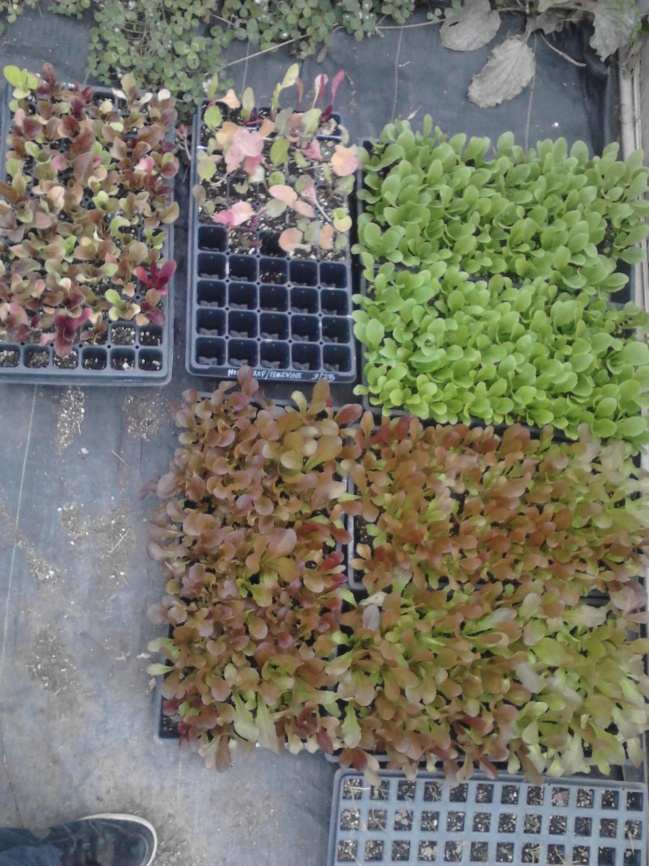My sister wanted to see more pictures of the garden at Warren Wilson where I work, so here they are. This is my third post on WW. Here are the first two:
http://whatcontrolsus.com/2013/09/03/warren-wilson-college/
http://whatcontrolsus.com/2013/10/22/some-more-warren-wilson-pictures/
This is likely the last post I will publish on WW because I don’t see myself staying here. This blog was never intended to be very personal, but that has changed a bit, and I thought I would share some of my thoughts about the school and my experience with the pictures. This school attracts many good people trying to do the right thing, because it represents itself as a liberal, progressive, community-centered work school and that is a somewhat truthful representation. But we don’t do as much for the community as we could because the school makes us work more than volunteer. While social work is valued here by the students and some faculty, it is not required like work for the school, which generates revenue for the school.
My biggest problem with the school is that the students essentially do all of the heavy lifting with little to show for it. There are crews for plumbing, garden, farm, electricity, campus support, aquatics, the library, cowpie cafe, sage cafe, dining, forestry, landscaping, public safety, paint, recycling, social work, and many others operated almost entirely by students. (There’s a full list here: http://www.warren-wilson.edu/~wpo/crews.php.) These crews help students develop real-world skills, but while we do almost all the work, we only get paid $7.25 an hour and it goes to pay our tuition, which is very high. There is nothing sustainable about that. Students are also only allowed to work 15 hours a week, so it is impossible to work here to pay off your tuition completely. If students made a decent wage, they would have a much easier time paying back their school loans and pursuing their interests, creating activist groups, non-profits and businesses that affect the world beyond the school. I think it is time students demand a higher wage and more control over their futures to meet those ends.
In comparison to many other schools, WW is fairly sustainable, but there is plenty of waste that isn’t reused here. (There is also literally a gas station on campus.) The school also relies heavily on Sodexo (a global Fortune 500 corporation with a revenue of €16.1 billion in 2011 that provides prison food as well) for most of its food, even though the garden crew and farm crew could sustainably grow enough food for the whole school. Some students are contracted by Sodexo, which pays the same wage as the school. Many other corporations like Pepsi are supported by the school unnecessarily. Part of the reason WW still relies on corporations is because students don’t have food licenses and other qualifications that are required by law to prepare certain foods, but we could get them.
The faculty that makes the major financial decisions here could do much more for the community and for its students, but because of the hierarchy and the way it is managed from the top down, it has a low retention rate. It doesn’t really put all of its values into practice, and most classes are fairly traditional and remind me of state schools (with the exception of my FYS class). I love the concept of a work/farm school, but this isn’t what I thought it would be. They aren’t pulling kids off the street and giving them homes. This is only a home for those who can afford it.
I want to be helping struggling people directly everyday, and it is possible to do this without a formal education, running the rat race while in debt for years. The only reason I am still here is because of the people here and the relationships I hope to build. I’ve also already taken out a loan that paid for the whole year, so I’m likely just going to try to make the best of it here and get hired as a full-time farm-hand, instead of student. Hopefully, I will be able to get land to start my own community, non-profit farm soon.
A Field on October 30th:
Broccoli and Kale:
Planting spinach in the long hoop house:
I planted most of these. There are about 1000 total in this picture:
Short hoop house being prepped:
Short Hoop House on December 6: (You can see the seedlings just starting to come up.)
JP hoop house – October 30:
JP hoop house on November 2nd:
JP November 8th:
JP December 3rd:
Salad mix in flats:
Sea of flats:
Chickens in the Coup:
Inside:
Hiking to Suicide Ridge:
Suicide Ridge:
One of the compost piles:
Sifted Compost:
The garden cabin:
Some members of garden crew transplanting a salad mix: (From right to left: Garrett, Jake and Ben.)
Harvested Turnips:
Asheville Art:

























These pictures are so beautiful and cool. I love the time-lapse of the hoop house!